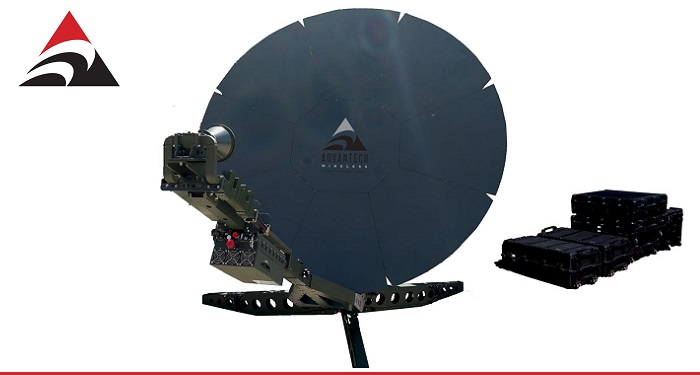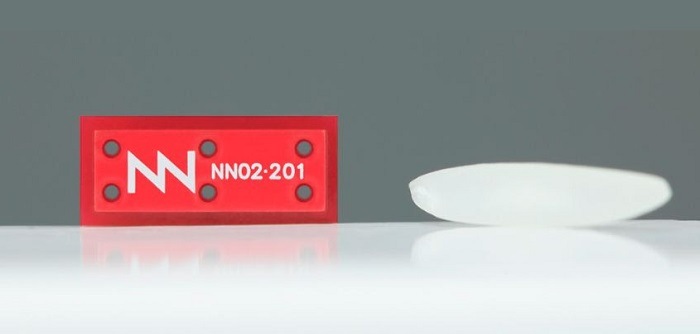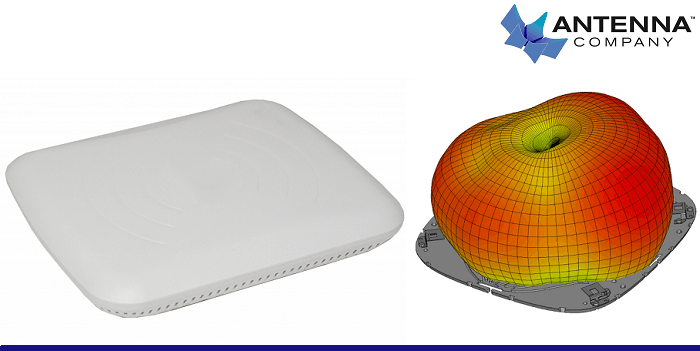How to Choose the Right GPS Antenna Especially for High-Precision Applications?
Introduction
In today’s fast-paced world, GPS technology is a game-changer for tasks like surveying, self-driving cars, and drone navigation. These high-precision jobs need accuracy down to the centimeter. But it’s not just about fancy receivers—the GPS antenna you pick is just as crucial.
Different antennas, like patch or helical, suit different needs. Patch antennas are small and best suited for handheld devices, whereas helical antennas perform optimally in urban areas where there is significant signal bounce. Active antennas with their built-in amplifiers to enhance the signal perform optimally in difficult areas like forest cover or urban canyons. Passive antennas, without an amplifier, perform best in open areas. Based on your environment, power needs, and accuracy requirements, you choose the right antenna.
 Selecting the Best GPS Antenna for Mission-Critical Performance in High-Accuracy Applications
Selecting the Best GPS Antenna for Mission-Critical Performance in High-Accuracy Applications
Knowing GPS Antenna Types
GPS antennas come in a wide range of shapes and styles. Each is suited for specific applications. Here are some main types:
- Patch Antennas: These are small, ceramic-based units. They are great for portable devices, like phones or handheld gear. They keep multipath interference out very well, especially whensignals bounce off something. But their gain is bad in tough areas. For example, high-rise buildings or lots of trees can make them not work well.
- Helical Antennas: These are spiral-shaped antennas that are circularly polarized. They work well in areas with plenty of multipath, like central city business districts. Their spiral form makes them durable and reliable for precise applications. They’re often used in commercial settings, calling for steady signals.
- Dipole and Monopole Antennas: They’re linear, simple designs. They’re not implemented in GPS because their polarization does not synchronize with GPS signals. Nonetheless, they could be useful in one-time, special projects where specific requirements arise.
- Array Antennas: These have multiple parts working together for beamforming. This sharpens the signal’s focus, making it more directed. They’re found in high-tech systems that need precise control over signal direction.
Each antenna type differs in size and polarization. Right-hand circular polarization is standard for GPS. Mounting also varies—some are placed on rooftops, while others are built into devices.
 Active vs. Passive GPS Antennas
Active vs. Passive GPS Antennas
The key difference between these two is whether they amplify signals:
- Passive GPS Antennas: They do not have internal boosters. They only rely on the signals received. They are simple and low-power, which saves energy. They are cheaper, so they are great for small cable lengths in the open with open skies. They suffer issues in weak signal areas. They are more susceptible to picking up noise. This can reduce accuracy in problematic environments, like heavy forest or dense cities with tall buildings.
- Active GPS Antennas: They are fitted with a Low Noise Amplifier (LNA). The LNA weak signals amplify, thereby increasing the antenna sensitivity. It improves the signal-to-noise ratio (SNR) as well. These antennas are self-powered by the receiver, usually 3-5V. They handle long cables and interference much better. This makes them a requirement for high-precision applications. They use more power, however, which is a downside. They can also get overloaded in areas where very strong signals are present, producing issues.
Active antennas generally perform better for accuracy. They provide 20-40 dB gains, while passive ones are only able to provide 0-5 dB. For advanced methods like RTK (Real-Time Kinematic) or PPP (Precise Point Positioning), active antennas cancel out multipath or signal fading-produced errors. They thus qualify as the best choice for high-demanding applications.
 Selecting the Best Antenna
Selecting the Best Antenna
Choosing the right antenna involves a few clear steps:
- Assess Environment: Think about where the antenna will be used. In cities or areas with lots of obstacles, active antennas are better. They handle interference well. In open fields with few disruptions, passive antennas can work fine. They’re simpler and save energy.
- Consider Specs: Check for a low noise figure, ideally below 1.5 dB. Look for high gain and a good axial ratio to ensure clean polarization. The antenna must support GNSS bands like L1, L2, and L5. This ensures it works with modern GPS systems.
- Power and Integration: Active antennas need a DC bias to function. Make sure your receiver can supply it. For battery-powered devices, like drones, consider power use carefully. You don’t want the battery draining too fast.
- Application Needs: High-precision jobs need tough, weatherproof antennas. They should withstand rain, wind, or heat. Anti-jamming features are a big plus in harsh conditions, like areas with strong radio interference.
For critical tasks, active helical or patch antennas often shine. They provide steady, trustworthy performance. Always test the antenna in real-world settings. This confirms it meets the job’s needs and performs reliably.
Conclusion
Choosing the right GPS antenna means looking at its type, whether it’s active or passive, and what the task requires. Active antennas are often the best pick for top accuracy. They deliver solid performance and precision, even in tough spots. By understanding these details, engineers can tweak their systems for amazing results. The right antenna ensures GPS tools work smoothly, hitting the mark every time.
FAQ
Q: What makes patch antennas good for portable devices?
A: Patch antennas are compact and light, ideal for phones or handheld gadgets. They also resist multipath interference effectively. This keeps signals stable in devices you carry around.
Q: What specs should I check when picking a GPS antenna?
A: Seek a low noise figure, ideally under 1.5 dB. Aim for high gain, too. A strong axial ratio ensures pure polarization. Also, confirm the antenna supports GNSS bands like L1, L2, and L5. This matches modern GPS systems.
Q: When should I choose a passive GPS antenna?
A: Passive antennas perform well in open areas, for example, areas of free sky. They lack amplifiers, hence they conserve power and are less expensive. They perform well when the signal is strong and there is minimal interference.
Q: How do active antennas help with RTK or PPP methods?
A: Active antennas deliver gains of 20-40 dB. They reduce errors from multipath or signal fading. This makes them perfect for RTK (Real-Time Kinematic) and PPP (Precise Point Positioning). These methods demand high precision.
Q: Why are active GPS antennas better for city environments?
A: Active GPS antennas have a Low Noise Amplifier (LNA). It strengthens weak signals. In cities, buildings create signal bounce, known as multipath. The LNA cuts through this noise. This provides clearer, more precise signals.

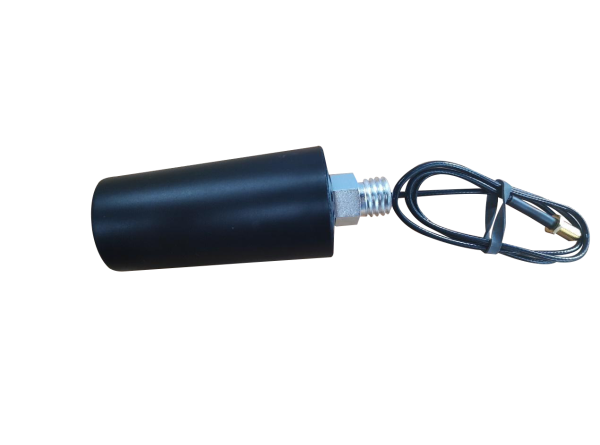
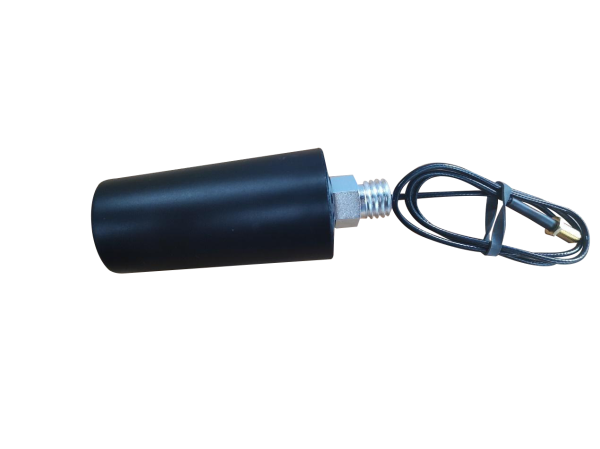 Selecting the Best GPS Antenna for Mission-Critical Performance in High-Accuracy Applications
Selecting the Best GPS Antenna for Mission-Critical Performance in High-Accuracy Applications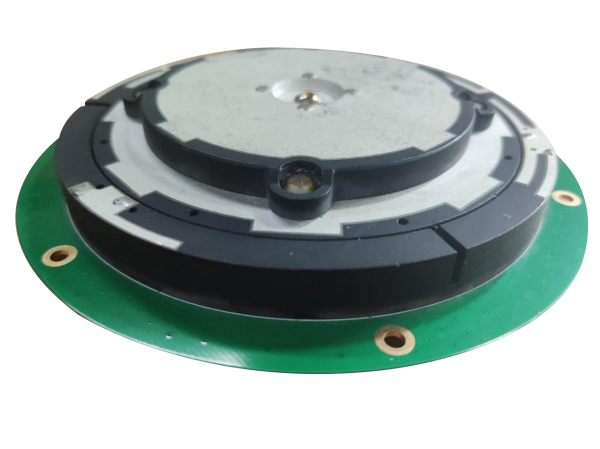 Active vs. Passive GPS Antennas
Active vs. Passive GPS Antennas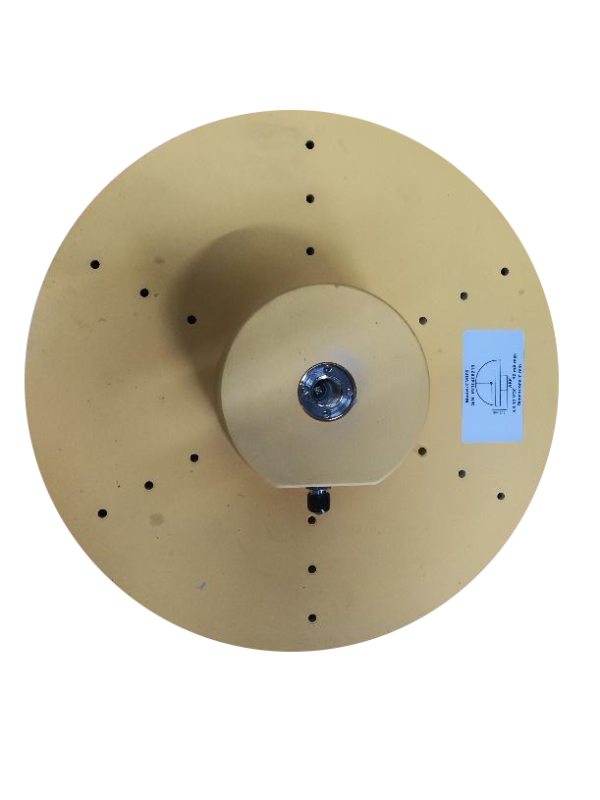 Selecting the Best Antenna
Selecting the Best Antenna